Health
'I don't even recognise myself anymore'
The UK is facing what charities are calling an eating disorder epidemic, with an estimated 1.25 million people affected. These conditions have the highest mortality rate of any mental health illness, making early intervention and education urgent. Yet, within the world of sport, eating disorders often go undetected and unchallenged. Disordered behaviour, such as restricting […]


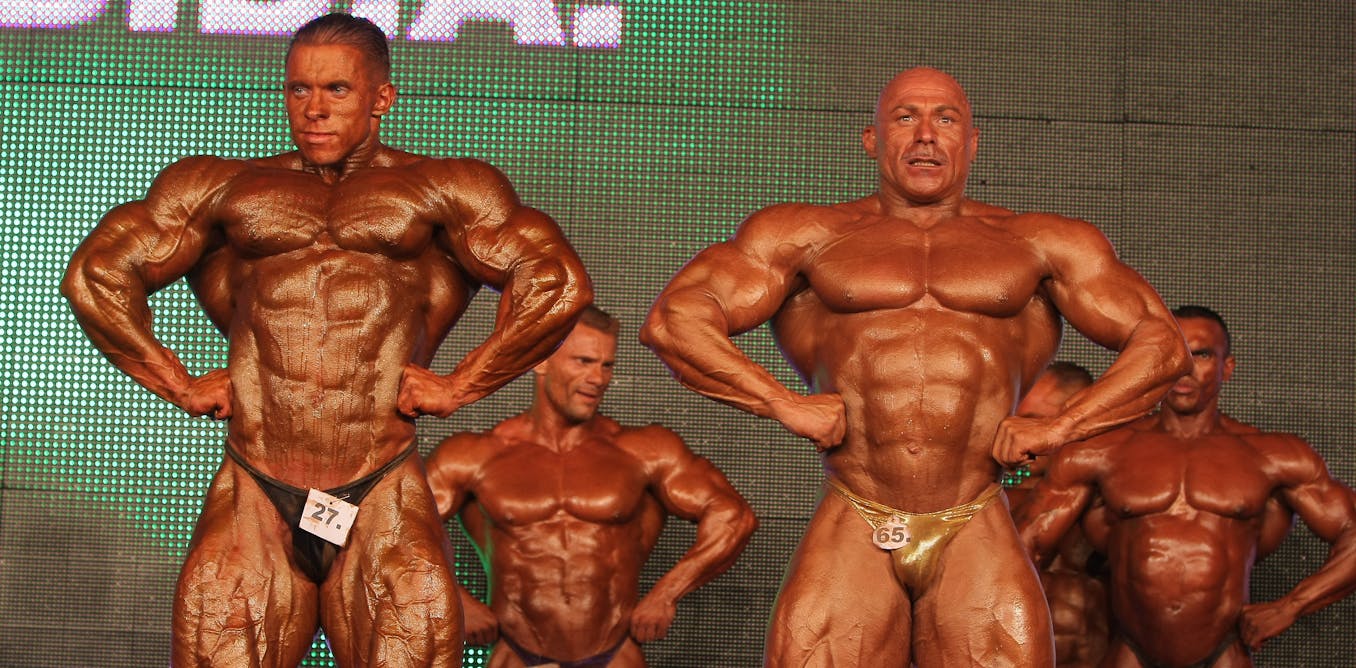
The UK is facing what charities are calling an eating disorder epidemic, with an estimated 1.25 million people affected. These conditions have the highest mortality rate of any mental health illness, making early intervention and education urgent.
Yet, within the world of sport, eating disorders often go undetected and unchallenged. Disordered behaviour, such as restricting food intake, purging, binge eating, or abusing laxatives, are sometimes normalised in competitive environments, embedded into routines and disguised as dedication.
Eating disorders thrive in silence. They’re secretive, isolating and can affect athletes of all genders, ages and backgrounds, whether at grassroots or elite levels.
In sport, several factors can trigger or worsen disordered behaviour: pressure to perform, body dissatisfaction, weight-category requirements and cultural ideals of what an “athletic” body should look like.
In this context, harmful practices like dehydration, extreme weight-cutting and overtraining often become accepted – and are sometimes even encouraged.
Read more:
How fighters make weight in combat sports – and regain it for the match
In some sports, the risks are tragically clear. Take bodybuilding. One heartbreaking example is 20-year-old Jodi Vance, who died from heart failure caused by dehydration during preparations for a competition.
In combat sports and martial arts, eating disorders are frequently acknowledged, yet meaningful solutions are rarely discussed. Fighters like Paige VanZant and Kay Hansen have openly shared their struggles with disordered eating, which in many sports, is still dismissed as just “part of the process”.
Extreme tactics
Even worse, some coaches perpetuate a toxic culture by fat-shaming athletes or joking about serious conditions like bulimia. In such environments, young athletes can become trapped in cycles of physical and emotional harm.
In my own research with UK-based mixed martial arts (MMA) fighters, I spent months observing and interviewing athletes across various gyms. Many described extreme weight-loss tactics before fights – dropping both fat and water weight in dangerously short time frames. These methods took a toll on both their bodies and mental health.
I witnessed fighters collapse from exhaustion and dehydration. I heard coaches make jokes about eating disorders. One fighter told me: “I don’t even recognise myself anymore,” echoing the public experiences of UFC fighter Paddy Pimblett, who has shared his struggles with binge eating and body image.
These stories hit close to home.
During my own time in MMA, I developed atypical anorexia, bulimia and binge eating disorder. I was praised for rapid weight loss – not for my skill or performance. At one point, I was training to the point of experiencing heart palpitations, dizziness and nausea. Yet, these symptoms were brushed off as signs of “good training”.
Eating disorders don’t discriminate
Even when I lived in a larger body, I was still suffering from an eating disorder. This is a crucial reminder: you cannot tell if someone is unwell just by looking at them. This isn’t just an issue in fight sports. Disordered eating affects athletes across many disciplines.
Footballer Katrina Gorry, cricketer Freddy Flintoff and cyclist Davide Cimolai are just a few high-profile athletes who have spoken publicly about their experiences.
In fact, disordered thoughts can affect athletes at any stage of their careers. Today, even after competing internationally in American football and Australian rules football, I still live with disordered thinking around food and body image.
Elite female athletes can be particularly vulnerable. According to the 2023 female athlete health report, 74% of respondents said they didn’t feel like they looked like an athlete and 91% worried about their calorie intake.
The 2024 BBC study on elite British sportswomen found similar results, reflecting the persistent pressure to conform to narrow body ideals.
Read more:
Elite female athletes at greater risk of eating disorders
There have been some encouraging policy changes. In MMA, emergency rules now ban extreme weight-cutting methods like IV rehydration, where fluids and electrolytes are administered directly into a vein, bypassing the digestive system. British Gymnastics, the body governing competitive gymnastics in the UK, has banned coaches from weighing athletes – a major move given the sport’s documented issues.
However, these steps are just the beginning. Power imbalances still exist across many sports, where coaches wield enormous influence over an athlete’s health, body and sense of self.
Coaches can either be a force for recovery – or part of the problem. They must be better trained to spot early signs of disordered behaviour, provide support and promote a culture that values mental wellbeing over appearance.
To create safer sporting environments, we need better signposting for athletes on how to get help, education for coaches and staff on eating disorder awareness, a cultural shift from bodily perfection and towards sustainable performance and health and athlete-first policies that protect both physical and mental wellbeing.
Recovery is possible. But prevention – through awareness, education and empathy – can save lives long before treatment is ever needed.
Sport should be a place for strength, growth and resilience – not hidden harm.
If anything in this article causes distress or concern about eating disorders, visit the BEAT website for more information and support.
Health
Jacksonville mental health counselor talks breaking stigma around men's mental health
JACKSONVILLE, Fla. – As June marks Men’s Mental Health Month, a Jacksonville mental health counselor talked about ways to break the stigma around the topic. WATCH: Local group works to help men tackle mental, physical health Recommended Videos Mental health can be a tough topic for anyone, but for men, talking about it can feel […]

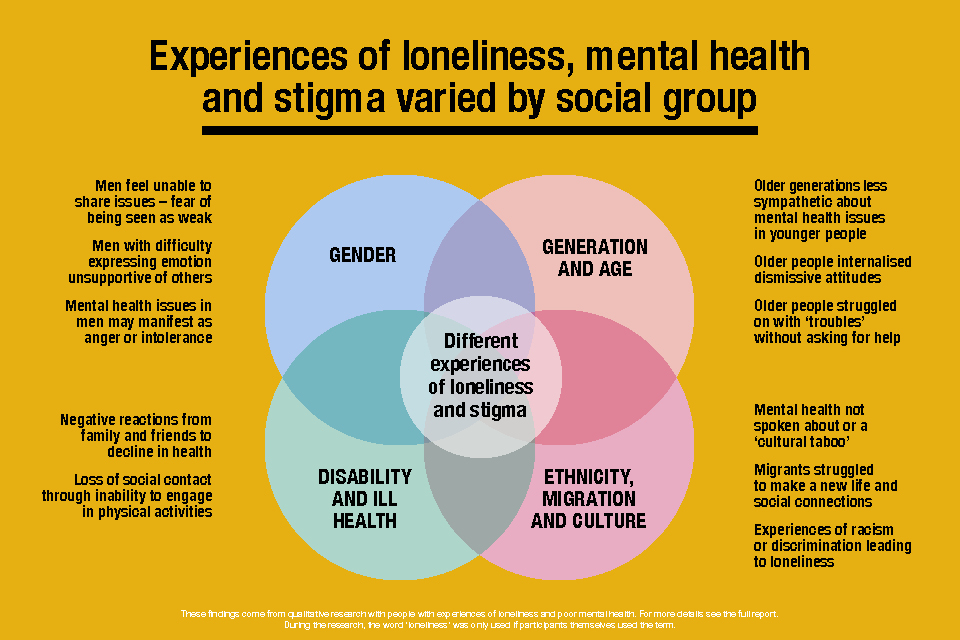

JACKSONVILLE, Fla. – As June marks Men’s Mental Health Month, a Jacksonville mental health counselor talked about ways to break the stigma around the topic.
WATCH: Local group works to help men tackle mental, physical health
Recommended Videos
Mental health can be a tough topic for anyone, but for men, talking about it can feel even harder.
“I would say Men’s Mental Health Month is an opportunity to highlight the fact that men also have mental health,” Melissa Brown said. “Men also have emotions, feelings, thoughts, they also endure mental health struggles.”
Over 6 million men suffer from depression per year, but male depression often goes underdiagnosed, according to data from the Anxiety and Depression Association of America.
Brown said outdated ideas about masculinity can make it harder for men to ask for help.
“In men, depression can sometimes present in anger and irritability, and people see that in men and they think, ‘oh you know, he’s just being a man,’” Brown said. “When really there’s a possibility that he could be suffering from feelings of deep sadness or depression.”
Experts said toxic masculinity — the idea that men should always be tough, unemotional, and self-reliant — often prevents them from acknowledging what they’re going through.
“I actually meet with a lot of men in my practice, and I encourage them to take it slow and maybe practice with expressing more of the positive emotions,” Brown said. “Practicing expressing those emotions a bit more could be less challenging and then working your way up to more of the difficult emotions.”
Whether it’s a friend, a loved one, a doctor, or a counselor, reaching out can make all the difference.
Health
Robert Gallery's long journey with brain trauma reaches a surprisingly happy destination
Robert Gallery’s long journey with brain trauma reaches a surprisingly happy destination | The Gazette Skip to content More Stories 1



Health
Bryce Young Speaks Out on the Stigma That Comes With Mental Health Struggles as an Athlete
Bryce Young has been on a bumpy ride with the Carolina Panthers since being drafted, and it even took a toll on him last season. Unlike many others, the former number one overall pick has decided to speak openly about his mental health struggles. Prompting a conversation that not many fans, players, or coaches want […]


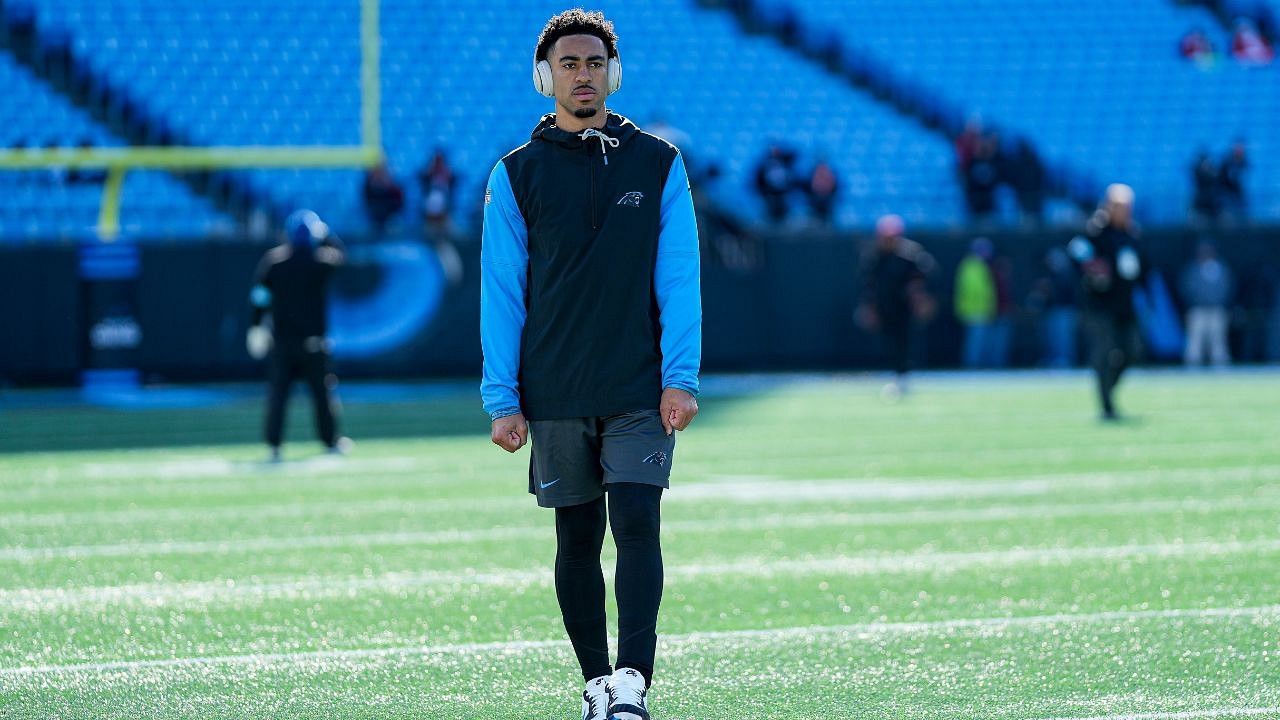
Bryce Young has been on a bumpy ride with the Carolina Panthers since being drafted, and it even took a toll on him last season. Unlike many others, the former number one overall pick has decided to speak openly about his mental health struggles. Prompting a conversation that not many fans, players, or coaches want to have around the league.
Advertisement
There’s always been a stigma about mental health struggles as an athlete. When Dak Prescott opened up about it in 2020, the response was somewhat deflected by the public. Negative attitudes and biases have seemingly discouraged some athletes of older generations from speaking out. Whether it be something external, like a family issue, or something internal, like their level of play.
It’s no secret that ever since being selected number one overall in the 2023 NFL Draft, Bryce Young has struggled to find his footing. In 28 career starts, he’s won just 6 games. And all of the losses have weighed heavily on him mentally. Young opened up about it while discussing the stigma surrounding the topic.
“There’s definitely been a big stigma around [discussing mental health in] athletics for a long time. For me, I like to deal and live in the truth. I’m super grateful to have my profession. I’m super passionate about it, but we’re all human,” he told GQ Sports.
“People, a lot of times, think that we don’t have the same struggles, we don’t deal with the same things. Our lives, at times, maybe can look different from others, but it’s all a set of circumstances. The makeup of who we are, what we go through from an emotional level, it’s all the same,” he added.
Young explained how he comes from a family that works as therapists and counselors. His father, Craig, is a mental health therapist and played an instrumental role in his upbringing. His mother, Julie, is a former special education teacher who offers Bryce her unwavering support.
Young’s father once explained how important mental health was in their family. “It’s just something that we’ve always paid a lot of attention to,” Craig told CBS Sports. “And we always wanted to provide an environment for Bryce where he felt safe and he felt loved and he felt encouraged irrespective of his outcomes.”
He added: “We provided a safe place for him to express his feelings or sometimes not to express his feelings… that whatever he’s feeling was okay and that we were there to help him problem solve and that through that problem-solving journey he was always loved and we were there for him.”
The style of upbringing seems to be paying off. Young is now on a mission to make mental health a more suitable topic to talk about in NFL culture. Even though most fans don’t want to mention it, the Carolina QB wants to let every kid know that it’s okay to ask for help.
Look, the studies and statistics don’t lie. Between 5% – 35% of elite athletes have some form of mental health disorder. And that’s just the elite ones. Almost everyone goes through the mental obstacle of coming to terms with the idea that they aren’t as good as the elite athletes. Which is an unquantifiable number.
Young’s generation is simply not as afraid to let people know when they aren’t doing okay mentally. And while the stigma has always dissuaded such athletes from speaking out about it, it’s great that Bryce is trying to change that notion. Behind the education from his parents, his status, and his great smile, he could indeed make a difference.
Health
Parents Create Fund in memory of son, raise awareness about suicide and mental health
James and Karen Baker established The Jake Baker 27 Fund in memory of their son who took his own life in the spring of 2024. This fund will help support nonprofit organizations and programs that raise awareness about the importance of mental health and suicide prevention, as well as support family members and loved ones […]
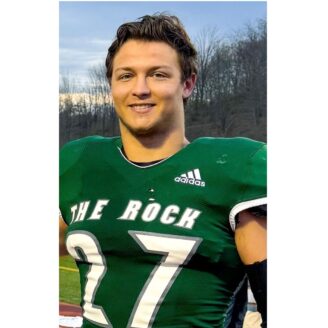
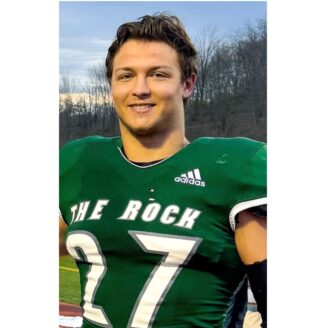
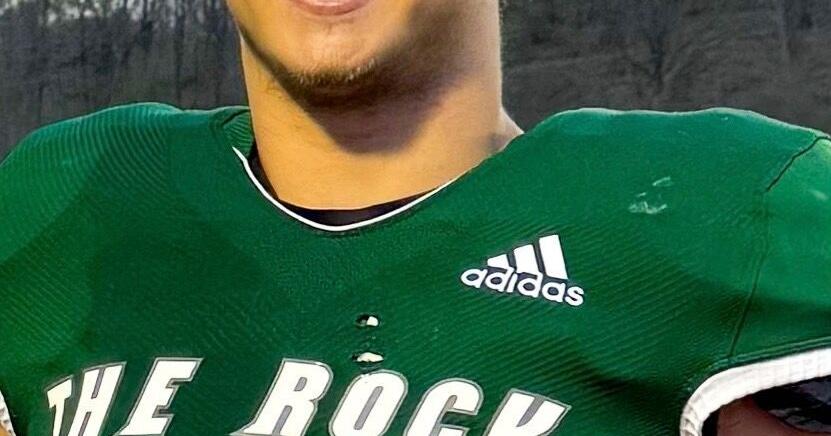
James and Karen Baker established The Jake Baker 27 Fund in memory of their son who took his own life in the spring of 2024. This fund will help support nonprofit organizations and programs that raise awareness about the importance of mental health and suicide prevention, as well as support family members and loved ones impacted by suicide. This becomes one of more than 818 component funds of The Community Foundation of Frederick County.
Jake Baker grew up in Thurmont and graduated from Catoctin High School. He was voted most athletic in his class — he had broken several school records in the weight room, he was an outstanding wrestler and he was an all-star football player whose team won the state championship his senior year. He was also voted most artistic as he loved to draw and create art.
Health
New Era Begins As House Settlement Approved
WASHINGTON, D.C. – June 6, 2025 – Today marks a historic milestone for college athletics in the United States. The U.S. District Court for the Northern District of California has granted final approval to a settlement in the House v. NCAA (“House”) litigation. This landmark settlement – agreed to by plaintiffs representing nearly 400,000 current […]

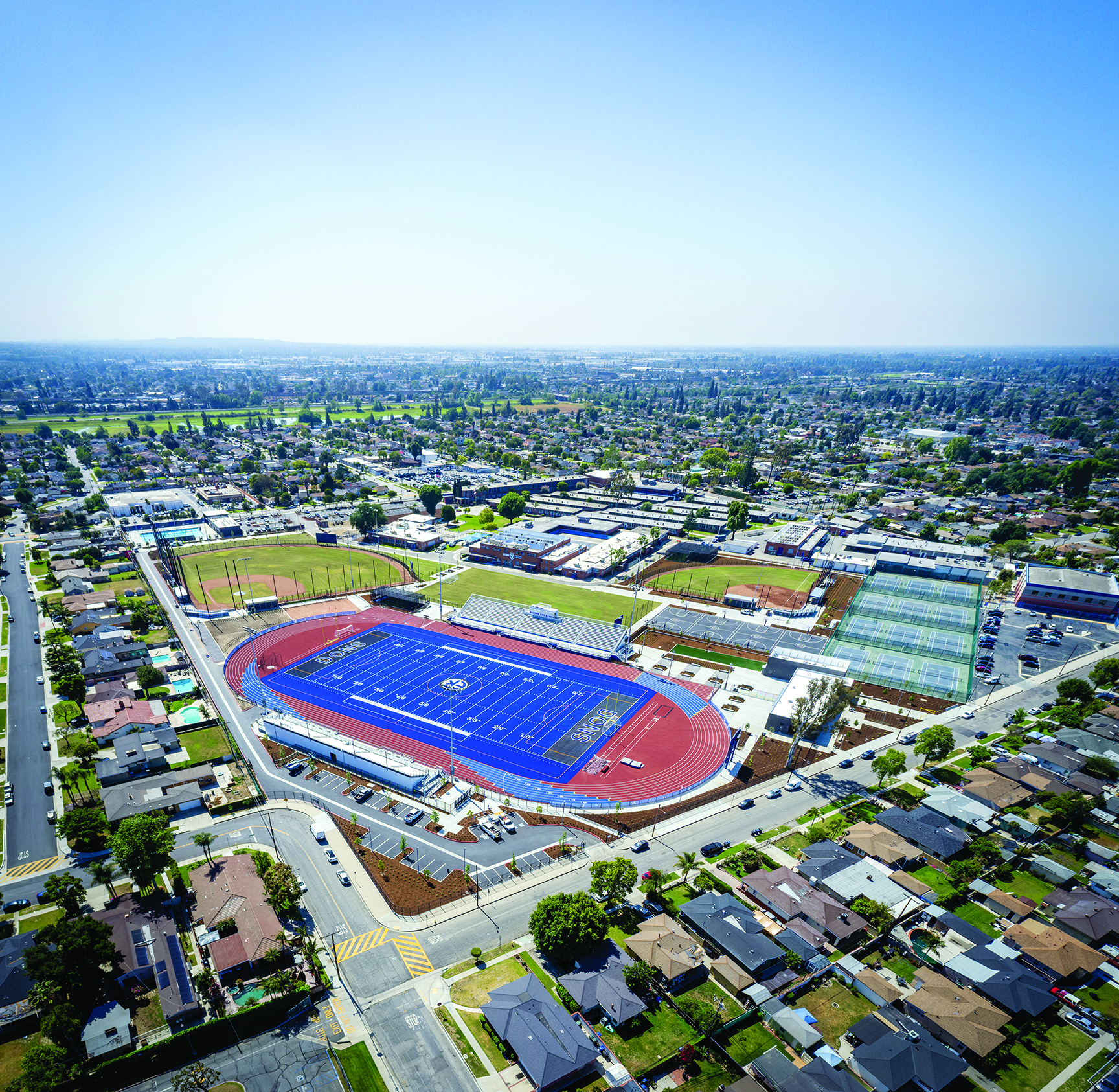
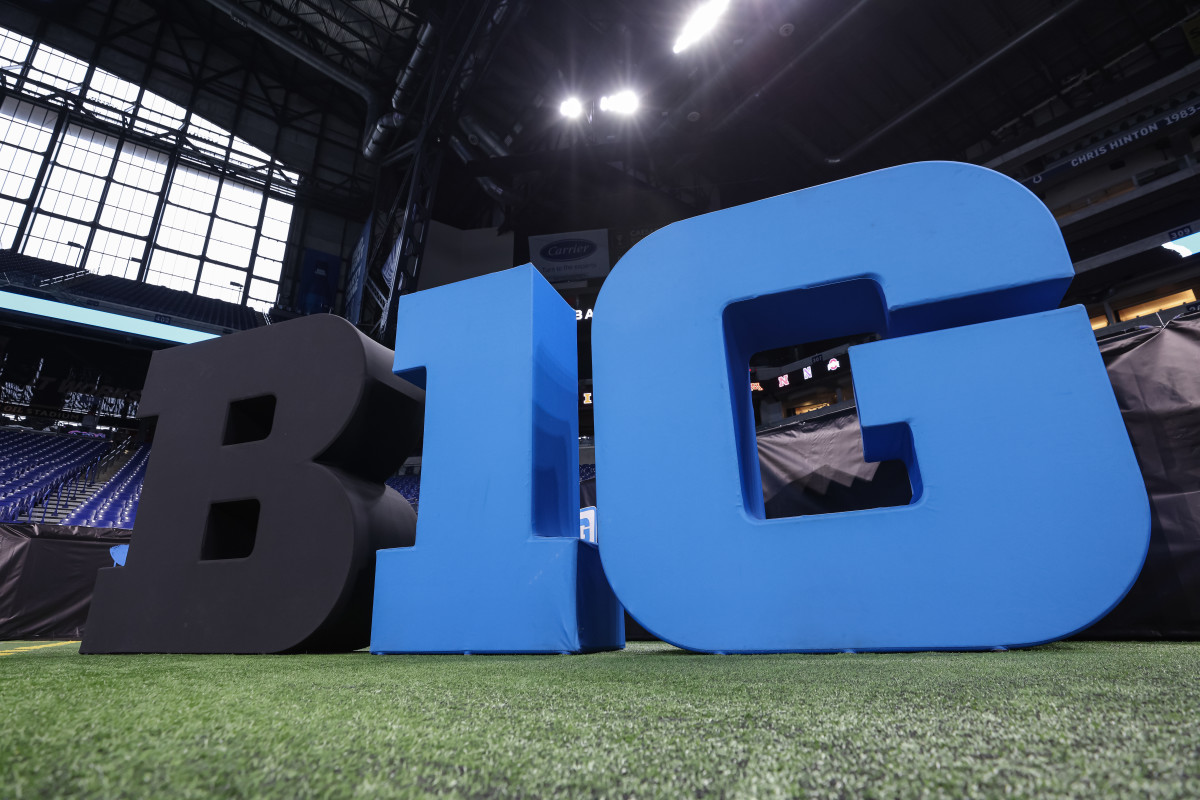
WASHINGTON, D.C. – June 6, 2025 – Today marks a historic milestone for college athletics in the United States. The U.S. District Court for the Northern District of California has granted final approval to a settlement in the House v. NCAA (“House”) litigation. This landmark settlement – agreed to by plaintiffs representing nearly 400,000 current and former student-athletes and the NCAA, Atlantic Coast Conference (ACC), Big Ten Conference, Big 12 Conference, Pac-12 Conference and Southeastern Conference (SEC) – will reshape the landscape of college sports, paving the way for a model that prioritizes fairness, stability, integrity and opportunity for student-athletes and institutions.
Overseeing this model will be the newly established College Sports Commission – an independent body that will be responsible for implementing the settlement terms governing revenue sharing, student-athlete Name, Image and Likeness (NIL) deals and roster limits. The Commission will investigate any potential violations of these rules, make determinations regarding potential rules violations and penalties, provide notice and opportunity to be heard, participate in the arbitration process and ultimately administer penalties for violations of these rules. The Commission’s leadership team will be announced in the near future.
Under the new system, student-athletes will have more opportunities to financially benefit during their participation in intercollegiate athletics than ever before. Institutions are now able to share revenue directly with student-athletes, in addition to providing existing benefits such as athletic scholarships, access to world-class training facilities, academic counseling, medical care, post-eligibility medical coverage, mental health resources, nutritional guidance and life skills development.
Beginning July 1, 2025, each year, participating schools can distribute up to 22% of the average revenue among schools in the ACC, Big Ten, Big 12, Pac-12 and SEC from media rights, ticket sales, and sponsorships – known as the revenue sharing cap. The cap is estimated at $20.5 million per school for the 2025-26 academic year, pending final confirmation. To ensure revenue sharing with student-athletes is appropriately managed and reported to the Court for compliance, athletics departments will use the new College Athlete Payment System (CAPS) platform developed by LBi Software.
Student-athletes will also be able to continue receiving compensation from third-parties other than their institutions for the use of their NIL, so long as their NIL deals are made with the purpose of using their NIL for a valid business purpose and do not exceed a reasonable range of compensation. On behalf of the College Sports Commission, Deloitte* has built and will maintain a new technology platform called NIL Go in which student-athletes will be required to report their NIL deals to confirm they are in compliance with the rules. Deals will be evaluated based on:
- Payor association – The relationship between the payor and the student-athlete’s school.
- Valid business purpose – Whether the payor is seeking the use of the student-athlete’s NIL for a valid business purpose, meaning to sell a good or service to the public for profit.
- Range of compensation – Whether the compensation paid to the student-athlete is commensurate with compensation paid to similarly situated individuals.
Finally, for participating schools, NCAA scholarship limits have been removed and roster limits have been established for each sport, allowing for a significant increase in scholarship opportunities for student-athletes. Under this new model, schools will have the option to offer partial or full scholarships to every student-athlete on a team’s roster, as long as the total number of student-athletes stays within the sport’s specific roster limit. Efforts have also been made to ensure current and immediately incoming student-athletes are not adversely impacted by the establishing of roster limits. Removing scholarship limits allows schools to better support their student-athletes through new scholarships, particularly in non-revenue-generating sports.
“This is a significant moment for college athletics that will provide unparalleled opportunities for student-athletes. We look forward to implementing this new system which offers much-needed transparency and structure to create a more sustainable model for the long-term future of college athletics,” said Jim Phillips, Ph.D., Commissioner of the Atlantic Coast Conference.
“We look forward to implementing this historic settlement designed to bring stability, integrity and competitive balance to college athletics while increasing both scholarship and revenue opportunities for student-athletes in all sports,” said Tony Petitti, Commissioner of the Big Ten Conference.
“As we enter this new era of college athletics, it is crucial we do so with structure, transparency, and the success of student-athletes in mind — this settlement and new model will ensure that happens. I look forward to working alongside my colleagues to implement this new system that prioritizes fairness and opportunity for all student-athletes and institutions,” said Brett Yormark, Commissioner of the Big 12 Conference.
“It’s a new day in collegiate athletics. This historic moment allows us to maintain what makes college sports special, the development of young individuals through sport, while also evolving to meet today’s student-athletes where they are with new opportunities in a manner that provides long-term stability for collegiate athletics. I am proud to work alongside my colleagues as we implement and introduce the future of college sports,” said Teresa Gould, Commissioner of the Pac-12 Conference.
“The approval of the House settlement agreement represents a significant milestone for the meaningful support of our student-athletes and a pivotal step toward establishing long-term sustainability for college sports, two of the Southeastern Conference’s top priorities. As the journey to modernize collegiate sports continues, we remain focused on identifying and implementing innovative opportunities for our student-athletes across all sports while maintaining the core values that make collegiate athletics uniquely meaningful,” said Greg Sankey, Commissioner of the Southeastern Conference.
Following are significant dates related to the implementation of the settlement:
- June 6, 2025: Settlement approved; settlement-related NCAA rules are effective, as adopted by the NCAA Division 1 Board on April 21, 2025.
- June 11 2025: NIL Go portal launches.
- June 15, 2025: Opt-in deadline for non-defendant schools to fully commit to revenue sharing.
- July 6, 2025: Opt-in schools must “designate” student-athletes permitted by the settlement to remain above roster limits.
- July 1, 2025: First date for direct institutional revenue sharing payments to student-athletes.
- Start of 2025-26 academic year: With the exception of the “designated” student-athletes, Fall sports must be at or below roster limits by their first day of competition.
- December 1, 2025: With the exception of “designated” student-athletes, Winter and Spring sports must be at or below roster limits by their first day of competition or Dec. 1, whichever is earlier.
More information about the College Sports Commission and the implementation of these new policies can be found at CollegeSportsCommission.org.
* As used in this document, “Deloitte” means Deloitte Consulting LLP, a subsidiary of Deloitte LLP. Please see www.deloitte.com/us/about for a detailed description of its legal structure. Certain services may not be available to attest clients under the rules and regulations of public accounting.
MEDIA CONTACT
Health
Bold and unapologetic
Story Links When Pittsburgh-Greensburg runner Tyshawn Brownfield watches the Olympics, he rarely sees a pride flag. It’s always a man with a wife and kids. “The stereotypical American family, you know,” he said. He wants to change that. Brownfield thinks everyone has a purpose. For him, becoming a college athlete and graduate serves his: Show others […]


Story Links
When Pittsburgh-Greensburg runner Tyshawn Brownfield watches the Olympics, he rarely sees a pride flag. It’s always a man with a wife and kids.
“The stereotypical American family, you know,” he said.
He wants to change that.
Brownfield thinks everyone has a purpose. For him, becoming a college athlete and graduate serves his: Show others the way.
“Growing up, I didn’t often see people who looked like me — Black, openly gay, and thriving — in the world of athletics or psychology. That lack of visibility inspired me to become the representation I wish I had,” he reflected.
Brownfield believes that if you can see it, you can dream it. If you can dream it, you can do it.
“I want to show other people in the LGBTQIA+ community, or even just other Black queer gay men, that you can do it,” he said. “People only try to stop you because they see your potential before you see it.”

Tyshawn Brownfield understands the rarity of being a Black, gay man in college athletics. The Pittsburgh-Greensburg runner shares his story to show others the possibilities. (Photos courtesy of Tyshawn Brownfield)
Brownfield’s grandma, Monica Cash, and father, Walter, described him as a shy child who was a motivated go-getter. As a child, Brownfield shared a particularly close-knit bond with his great-grandmother, Reta Wright. The pair could often be found dancing together, competing in the “Just Dance” video game. Even a decade later, Brownfield will come home to help care for his great-grandmother. They still dance together whenever they can.
As he got older, Walter said his son began to push himself out of his comfort zone.
“I love that about him. At this point now, I feel like he has no fear to take on anything in life,” Walter said.
As Brownfield grew into himself, his first four years of college challenged him in ways he didn’t anticipate.
The Waldorf, Maryland, native ran track and cross country at Southwestern College — part of the National Association of Intercollegiate Athletics — his first two years but decided to transfer to Hood, a Division III school where he ran for another two years. At both schools, Brownfield struggled with feeling “genuine and authentic,” he said.
“I felt stuck in a box,” he added.
Brownfield channeled those challenges into improvement on the track.
“Instead of wasting four years of my life letting people get in my head, I decided to have tunnel vision and focus on me. The results came,” he said. “If they can’t beat me on the track, then their opinions don’t matter.”
Brownfield also made great friends who stood by his side. His best friend and former Southwestern teammate, Lauryn Terry, reflected on Brownfield’s strength through adversity.
“He taught me patience, and I taught him how to stand up for himself,” Terry said. “He is very strong.”
Terry said everything about Brownfield is warm: “His favorite color: yellow. … He is so full of love and life.”
Brownfield is the first in his family to attend college. He has been determined to make the most of his time on campus.

“Being authentic means being able to be in a room and not feel like I have to dim my light for anybody else,” Brownfield said.
“As a student-athlete, I’ve worked to create spaces where others feel seen, heard and valued. Whether it’s through my involvement with the Black Student Union, speaking up in team environments, or advocating for mental health and inclusion, I strive to make sure every student, especially those from marginalized communities, knows they belong,” he said.
In his free time, Brownfield has volunteered for psychology-focused nonprofits. This experience has deepened his understanding of how essential diverse voices are in both sports and mental health.
He even headed to the NCAA national office in May for the Career in Sports Forum.
“The overall experience of being able to listen to people who are certified in their careers while listening to their struggles has been inspiring,” he said. “It’s not easy for anybody. They didn’t feel confident 100% of the time, but they still did it.
“That’s how you build confidence, by putting yourself in those uncomfortable situations to make you grow,” Brownfield added.
Not everyone gets afforded the opportunity to go to college, and the first-generation student and athlete takes pride in his accomplishments.
“Every moment, every opportunity, it just makes (my parents) proud because it’s everything they wanted, and I’m living it,” Brownfield said.
“Everything he dreamed of has come to fruition,” his father said.
At Pittsburgh-Greensburg, Brownfield will finish his final three semesters of college en route to earning a psychology degree. His psychology classes will equip him to work with children in the future. His goal: to empower children to feel seen and heard.
“Growing up, I had to battle with trying to find my identity as a gay person. There was no handbook, so I had to figure it out myself, and it took time,” he said. “It was like a study of the mind.”
His grandmother said whatever path Brownfield takes, becoming a mentor is at the forefront.
Brownfield has made strides in athletics and academics while committing to break barriers and promote equity in every space he enters.
“By living my truth and lifting others up along the way, I hope to show that authenticity is strength,” he said.
“I want the next generation of student-athletes to know that you don’t have to choose between being who you are and chasing your goals,” he added. “You can be both, boldly and unapologetically.”
-

 College Sports3 weeks ago
College Sports3 weeks agoPortal Update – Basketball and Gymnastics Take Hits
-

 Professional Sports3 weeks ago
Professional Sports3 weeks agoJon Jones answers UFC retirement speculation as fans accuse champion of 'holding the belt …
-

 Youtube3 weeks ago
Youtube3 weeks agoXavier Legette taught Marty Smith his signature celly
-

 NIL2 weeks ago
NIL2 weeks ago2025 NCAA Softball Tournament Bracket: Women’s College World Series bracket, schedule set
-

 College Sports3 weeks ago
College Sports3 weeks agoNCDC Commitment Profiles: Cyclones’ Martins Moving On to Saint Anselm College • USPHL
-

 High School Sports3 weeks ago
High School Sports3 weeks agoToday in the MHSAA
-

 Motorsports2 weeks ago
Motorsports2 weeks agoWhy IHOP Rode With Dale Earnhardt Jr. In Amazon NASCAR Debut
-

 Health3 days ago
Health3 days agoOregon track star wages legal battle against trans athlete policy after medal ceremony protest
-

 College Sports3 weeks ago
College Sports3 weeks agoPower Four schools could face expulsion from conferences if they don’t sign binding contract, per report
-

 Youtube2 weeks ago
Youtube2 weeks agoAnt greets A-Rod & Barry Bonds before Game 3

















 Stephen A. says ‘defense is the key to this series’
Stephen A. says ‘defense is the key to this series’  | First Take
| First Take


















